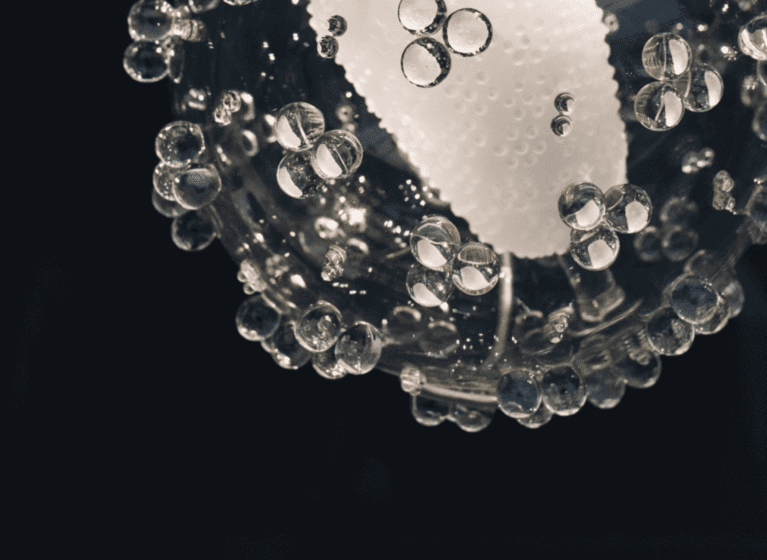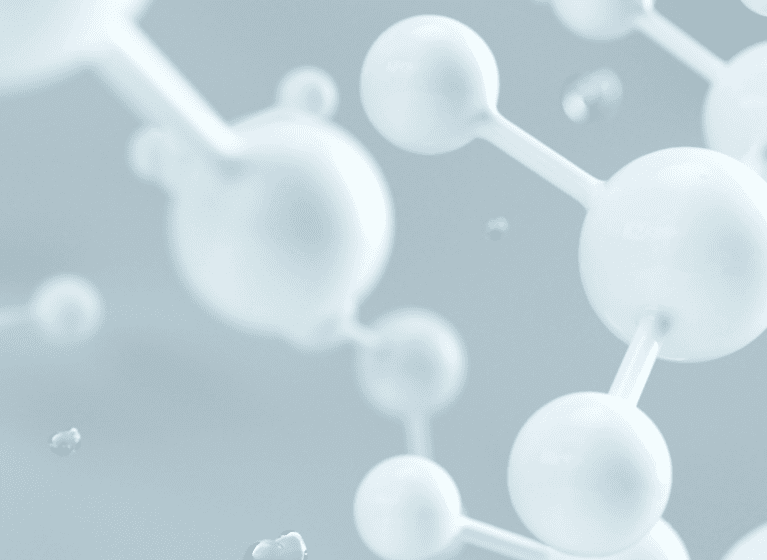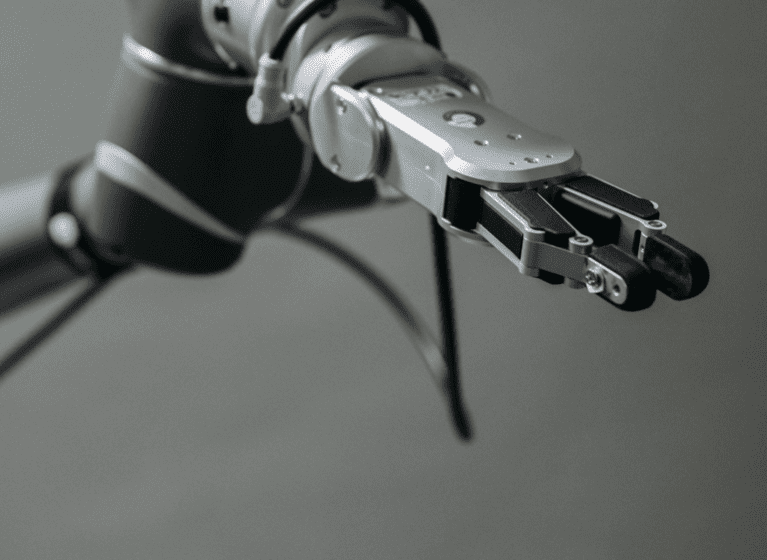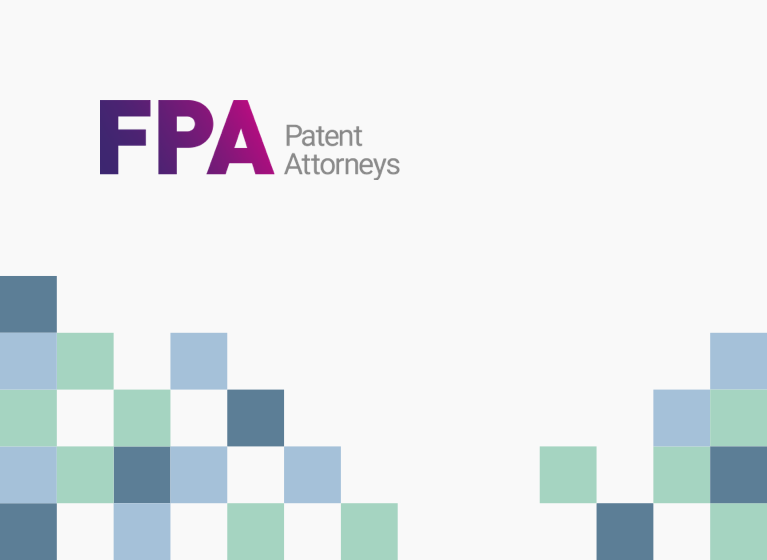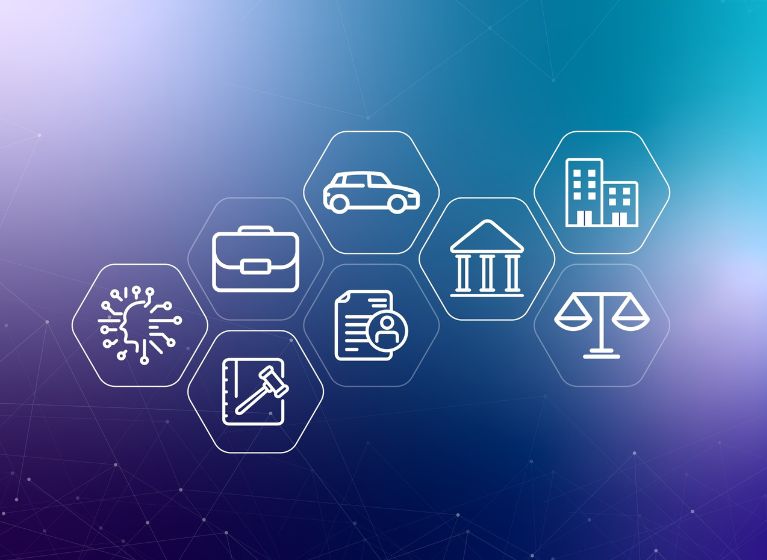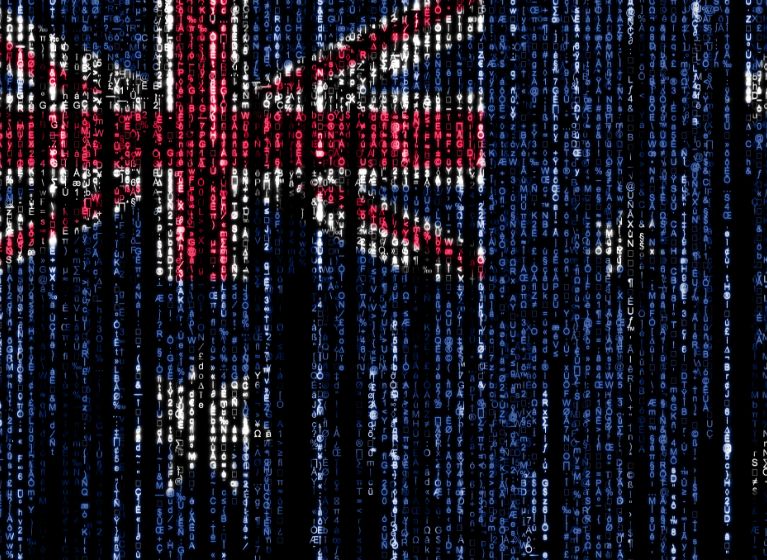In part 1 of this article series, we provided recommendations that applicants may take to best position their applications to meet patentable subject matter requirements in Australia, particularly in respect of life-sciences inventions with a computer implemented aspect. Here in part 2 we discuss recent patent office decisions concerns computer implemented methods in the life sciences space to shed light on the approach currently taken by the Australian patent office.
Although it is hard to be certain of an examination outcome, considering if the invention is likely to be considered a computer implemented invention, or a method of therapy or diagnosis may aid applicants in their consideration, given the potential difference in how manner of manufacture is assessed for these different types of inventions.
For example, if the heart of the invention lies in the use of AI or ML to perform a step of a method, and there are no other new and inventive elements, then the invention will likely be subject to the same considerations of a computer-implemented invention.
A test for when a computer implemented invention is patentable is when there is a technical contribution either within the computer, or through its application. For most methods of therapy or diagnosis, it would therefore seem obvious that there will be a technical contribution- the therapy will be applied, or the diagnosis will be made. But beware – if the only advancement made by using a computational step in the therapy is the use of known computer processing, then the technical contribution may be considered “mere automation” and/or typical use of known computer technology and the patentable subject matter threshold may not be met.
These principles are illustrated in the patent office decisions we summarise below.
Common themes of the decisions
In all the decisions the hearing officers refer to the legal principles described in NRDC (1959) 102 CLR 252, Encompass [2019] FCAFC 161, and Myriad [D’Arcy v Myriad Genetics Inc & Anor [2015] HCA 35] and Aristocrat [Aristocrat Technologies Australia Pty Ltd v Commissioner of Patents [2022] HCA 29] for determining patentable subject matter. The delegates cautioned against applying the outcome of APO decisions, stating that these decisions do not form part of the case law, nor establish any legal principles or precedents. These decisions therefore provide insight into how the patent office is treating the subject matter, but cannot be relied upon as precedents (although they may be used as evidence of application of legal precedents in dealings with the patent office).
Part 1 – Hear Hear: What can we learn from patent office decisions
You can ignore the distraction, but not the patentable subject matter objection – The Regents of The University of California [2022] APO 77
Summary
In this patent office decision, the delegate determined that claims relating to a method of treating cognitive disorders did not constitute a manner of manufacture. The delegate found that the claimed improvements in cognitive ability were a mere scheme, rather than a specific therapeutic outcome. The delegate also considered that the computer implementation of the method to be generic and not a patentable integer.
The invention
The invention in question relates to methods and tools for enhancing cognition in an individual, e.g., by improving the individual’s ability to deal with interference in cognitive function. Interference could be a distraction, in which case the individual is to ignore the distraction, or an interrupter, in which case the individual is to multi-task and respond to the interrupter.
The specification discussed the function of invention in a “general-purpose computer system” comprising a processor, memory, interface, database, input and output. Enhancement of cognition was determined by an interference cost (the difference between the performance of a task conducted in isolated vs with an interference).
The claims are generally directed to:
A computer-implemented method for enhancing cognition by training the individual to process interference in conjunction with a task, by using a computer device to compare an individual’s performance of a task with and without an interference and adjusting the difficulty level of the task based on said performance (or a determined interference cost).
A computer-implemented method for determining a level of cognitive function in an individual, by using a computer device to compare an individual’s performance of a task with and without an interference and determining an interference cost.
[paraphrased]
Patentable subject matter?
To argue that the invention is patentable subject matter, the applicant had two options:
- to argue that the invention lay in the computer implementation or
- to argue that the invention was a method of treatment.
The delegate considered that the applicant argued the invention was patentable for being a method of treatment (patentable subject matter in Australia) and for its use of technology to implement the invention. However, the delegate found the invention was more akin to mere scheme for improving mental ability in a general sense and the methods did not target a specific medical or physical condition, and therefore was not directed to a method of treatment. The delegate also concluded the computer implementation did not advance the function of the computer, and therefore in the absence of producing a technical effect (such as a method of treatment) was not in itself patentable.
Outcome
The application was refused for not being a manner of manufacture. A divisional application was filed with similar claims where the examiner referred to this hearing decision and concluded that they could not see any way the objection could be overcome which does not introduce subject matter.
A generic pain in the automation – you can’t patent that – Alistair Mann v Electronic Pain Assessment Technologies (epat) Pty Ltd [2023] APO 1
Summary
In this patent office decision, the delegate considered that a pain assessment system and a method for determining an effect of a drug on pain of a patient was not patentable subject matter. This is because the delegate considered the only new element of the invention was a generic computer implementation.
The invention
The invention relates to a pain assessment system and a method for determining a drug’s effect on a patient’s pain experience. The specification states that information indicative of pain, such as facial or vocal features, is captured and used to determine quantitative pain indicating information. The pain assessment can be performed after drug administration and compared to “reference information indicative of a reference level of pain”. The method can be used to monitor painful drug side effects, not just for analgesics.
The specification describes an implementation involving a server, communications network and user devices. The system may include databases with drug information (external databases) and an alarm to indicate when the drug is expected to have taken effect and when a second reading should be taken.
The claims are generally directed to:
A method for determining an effect of a drug on pain experienced by a patient, the method comprising, comparing face positional information with reference to accepted indicators of pain from before and after administration of a drug using camera capture images using a processor of a pain assessment system running an algorithm.
[paraphrased]
Patentable subject matter
In their consideration, the delegate approached the question of manner of manufacture as a determination of the substance of the invention. They considered that the question could be viewed in two ways:
- the invention, as a multi-factorial automated assessment of pain, is in substance an improvement over, for example, single-factor automated pain assessments; or
- the invention is simply a mere scheme for automation of existing multi-factorial techniques, in particular the AGS factors, for assessing the effects of drugs.
While the first option could be considered patentable subject matter, the second would not be.
The delegate considered that the invention was a mere scheme because:
- The specification did not provide any indication of how the algorithm actually identifies facial features, or determines positional information, beyond general references to AGS criteria, FACS or machine learning approaches.
- The specification also did not contain any implementation examples, and so no technical benefit of the invention was demonstrated.
- The applicant’s own characterisation of the invention was “automate according to your choice” in relation to selection of pain features/information to incorporate into the system.
- The existing manual pain assessment tools already included a mix of facial and non-facial considerations, so this feature of the invention was not new.
- The goal of the invention is described as automation of pain assessment, yet automation is only generically described
- The expert indicated that the substance of the invention was more the idea of automation rather than the implementation of automation or any other benefit other than automation per se.
The delegate further considered the patentability of the invention in light of an earlier decision of the Full Federal Court of Australia in Ariosa (Ariosa Diagnostics Inc v Sequenom Inc [2021] FCAFC 101), which affirmed the patentability of diagnostic methods in Australia. In Ariosa, the invention was directed to a previously unknown biomarker, the practical application of this unknown biomarker which was considered patentable subject matter. However, the delegate considered that the present invention did not relate to the discovery of a new way of detecting pain.
Outcome
The delegate concluded that the invention was the automation of known pain feature/information for the purpose of assessing pain and the effect of drugs. As none of the features were “new” and the methods utilised generic computer implementation the invention was considered not to be patentable subject matter.
Faster, better, stronger- but not patentable – CareFusion 303, Inc. [2023] APO 17
Summary
A system for managing the preparation and distribution of medicaments from a pharmacy was not considered to be patentable subject matter. While the system was able to conduct a complex procedure and had the advantage of preparing medications in a less wasteful way, it was considered to be a business consideration rather than a technical effect.
The invention
The claims are generally directed to: [key feature included]
A system for managing preparation and remote verification of a medicament for a patient, the system comprising: a memory comprising instructions that when executed prepare the multiple medication orders, and provide a notification that the respective orders are available
[paraphrased]
The distribution system involves the use of computers. The specification describes a number of aspects involving one or more processes that are configured to receive and execute instructions of an order for medicament for a patient from an electronic data feed. The system is described in generic terms.
Patentable subject matter
The delegate considered that the invention had two parts:
- A displayed list of received medication request whose order has been created based upon administrative controls
- A verification process whereby a person is required to attest that a medication was prepared using a component.
The delegate considered that both of these parts were administrative and business information, and that combining them together did not overcome the issue.
While the delegate acknowledged that the presence of generic computer components alone does not render a claim unpatentable, they considered that such components lend weight to the invention being a non-technological scheme. The delegate further stated that if the specification is agnostic about the implementation, the likelihood of the components being part of the substance of the invention is lessened.
The applicant relied on Bio-Rad Laboratories, Inc [Bio-Rad Laboratories, Inc. [2018] APO 24] in their submission. In Bio-Rad a mathematical formula was used to reduce the number of reference samples required for quality control testing. Bio-Rad was considered to have a technical effect as it reduced the amount of physical material needed. However, the delegate did not agree that the present invention would necessarily result in a reduction in component use, ie the same amount of material is going to be used to fill the order using the system, when compared to filling the order not using the system and so did not achieve a technical effect.
The delegate also considered the applicant’s submissions of a “timely and efficient” technical effect did not emerge from the claim, and even if it did, it would be the result of an administrative scheme, which is generally a business consideration, and not a technical effect.
For at least these reasons the delegate did not consider that the present invention provides a technical solution to a technical problem and did not define patentable subject matter.
Summary
These three patent office decisions illustrate the current approach taken by the Australian patent office with respect to computer implemented inventions in the therapeutic/medicinal space. However, these decisions also confirm that the patentability of each application will need to be considered based on the specific facts of the invention.
Specifications which suggest a potential medical or diagnostic use, but do not provide sufficiently detailed descriptions or examples of use may struggle to demonstrate a technical benefit of the invention. If the computer (or analogously AI, or ML) component of the invention is generic, it will not be enough to confer patentability. And, even when there is a real world benefit to the invention which is detailed in the specification, if it is a business consideration, such as improved efficiency or timeliness, this may not be considered a technical effect.
In part 3 of this article series, we examine Australia patent office data in respect of life-sciences inventions with a computer implemented aspect to see if the data supports the apparent approach currently taken by the Australian patent office.



